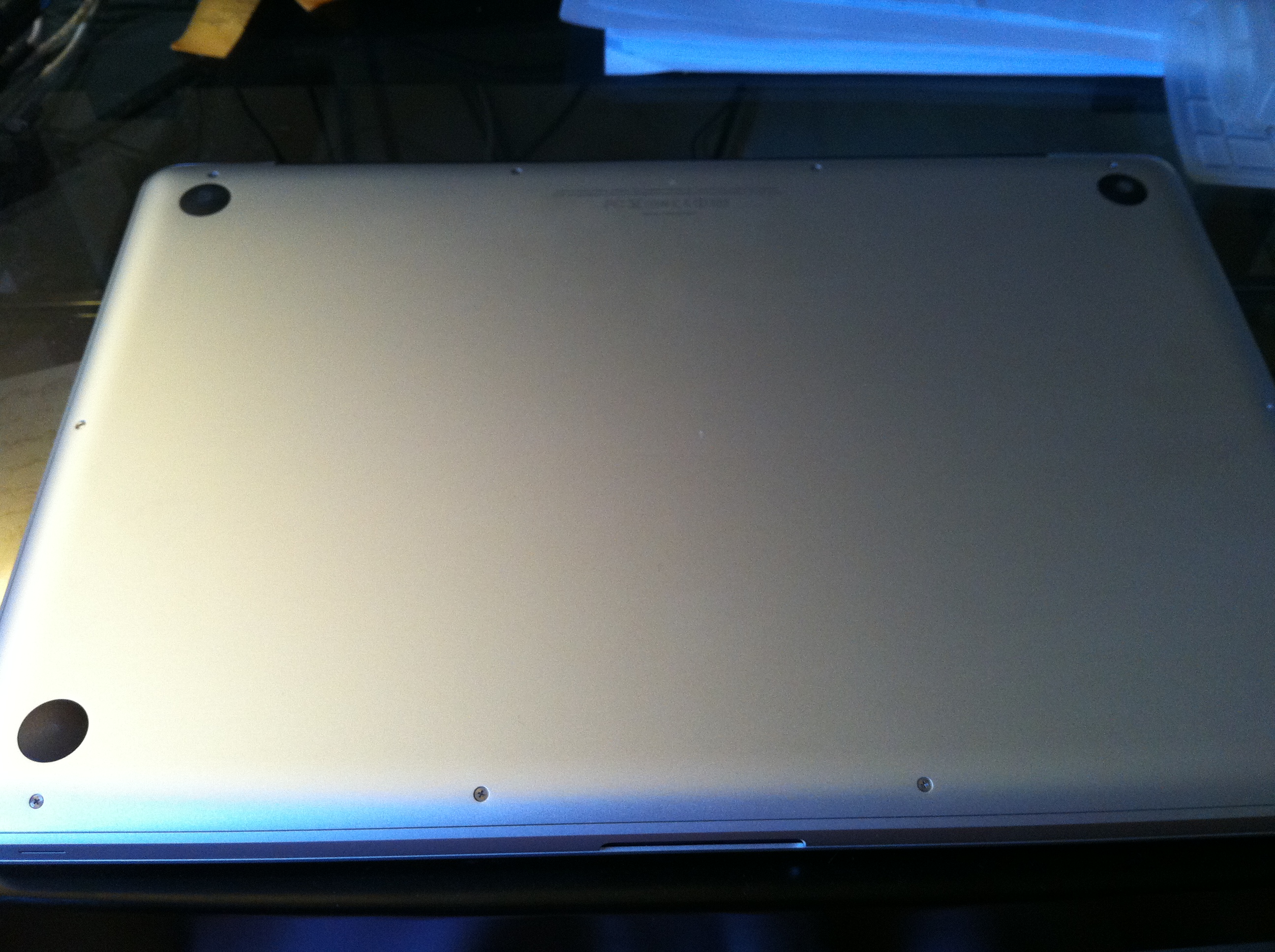


One was released in early 2011 and one was released in late 2011. The Apple MacBook Pro, 2011 release has two versions. Used unregistered DIMMs with ECC are harder to come by.Īccordingly, used registered DIMMs are less expensive on ebay.The MacBook Pro laptop is a computer designed by Apple Inc. Used registered DIMMs with ECC are easier to come by due to people upgrading their server computer to more denser memory capacity in the same slot. I suppose this updates the timing issue to suppor the RDIMMs. WIth that said, firmware on version 4.1 macs may be able to be upgraded to support RDIMMs. They have not provided the same indication for Mac Pro version 4.1 - 2009 models. This is because the signal timing differs to each and the memory controller in the CPU is only a homogeneous type.Īpple indicates that registered DIMMs are supported by Mac Pro version 5.1 - 2010 models. Apple indicates the computer will not boot in this case. That is, you cannot mix registered memory in one slot with unregistered memory in another slot for the same processor. One thing that is for sure, the memory controller in the CPUs has to have uniform memory in the slots for each given processor. Registered DIMMs are sometimes referred to as RDIMMs and Unregistered DIMMs as UDIMMs.Īlso one may see an R on the end of the PC3-8500 designation as in PC3-8500R to designate registered memory. It is better to use the Registered/Unregistered terminology to avoid confusion with FBDIMMs. Registered/buffered and Unregistered/unbuffered have a different meaning than FBDIMM. Thus, there are actually 9 parallel data bits, one of which is for ECC. PC3-8500 is a 1066Mhz DIMM.īoth of these are using ECC bits. These also had ECC.ĭDR3 PC3-10600 and DDR3 PC3-8500 were used in later MAC Pros, version 5.1 and 4.1 respectively. So did the fact that few servers adopted the FBDIMM technology. Because they were clocked so quickly, they had to have heat sinks to bring the temperature down to the lower fan speeds Apple wanted to use. Thus, the need for the fully buffered DIMM to pass the data from one DIMM to the next. They used serial data channels from one DIMM to the next so the DIMMs had to be clocked very quickly to achieve speeds. I think you are confusing DDR3 and DDR2 type of memory modules.ĭDR2 PC2-8500 were the FBDIMMs that were used in the 2.1 and 3.1 Mac Pro versions (before 2009).


 0 kommentar(er)
0 kommentar(er)
